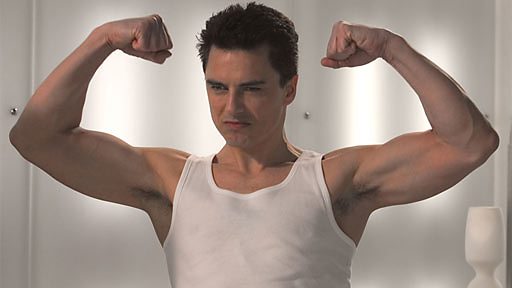It's been far too long since I've posted - sorry! A couple big projects took up most of my time, but now I'm back, and the vest is finished.
When I left off, I had added the facings, so now it's time to work on the lining. I apologize, because the red of the lining is hard to colour-balance. It's really a brick red, but it's polished cotton so it shines a little bit. If you recall from the pattern, there was a quilted section in the chest. I've outlined the area with tailor's tacks, and in the back I add a little bit of wool batting:
Over the top of the batting I basted a circle of thin linen. This has a 1/4" seam allowance to match with the encircled ared:
After quilting, the front of the lining looks like this:
And the back looks like this. Also, now I've basted the front armscye of the cloth and lining together.
The lining is turned in and prick stitched to the fronts.
A pleat is placed into the lining. If the quilting weren't there the pleat would run the full length of the vest, but now it tapers in and out of the quilting above and below. This pleat allows the vest to curve around my body without pulling at the lining. I've also felled the lining to the facing.
Before attaching the backs, I basted some scraps of linen into them where I'll attach the back stays. This will help keep the stitches from pulling through the fabric.
The back is attached (sorry, no photos of the process), and buttonholes are marked. Somehow I ended up with 7 buttonholes. I didn't really mean to, but that's all right - they all fit.
Basting to hold all the layers in place:
Finished buttons and buttonholes. The buttons are self-covered wooden blanks from Burnley & Trowbridge.
The finished vest. Please do click on these and all the photos to enlarge them to full size.



























































